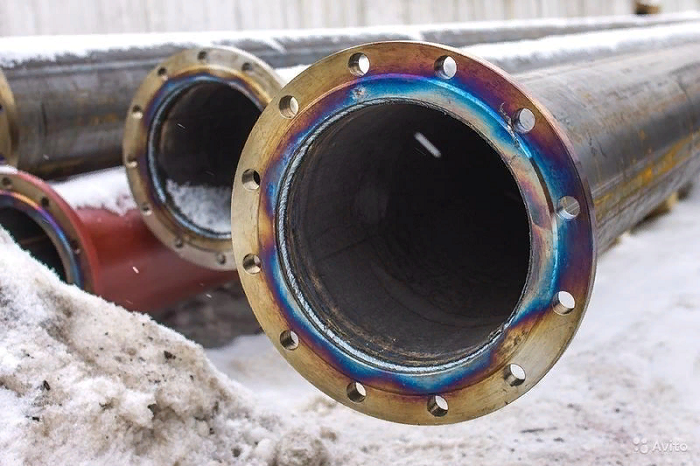Friday, August 18, 2017.
To connect parts of pipelines for different purposes, special elements are used – flanges. Such devices can be classified according to different signs.
Main types
Pipe flanges currently on the market may vary:
according to the material used for manufacturing;
by design;
according to the diameter of the conditional passage;
withstand nominal pressure.
What materials can be made
According to the regulations, only two materials can be used for the manufacture of such pipeline elements: steel and cast iron. Even on plastic lines, connections according to SNiP are supposed to be made only with the help of metal flanges. Elements made of any other material simply cannot withstand the pressure of liquid or gas inside the pipeline at the joints and cannot be considered reliable.
Flanges, the price of which may vary depending on whether they are made of steel or cast iron (the former are usually more expensive), are manufactured at enterprises using different technologies. For example, cast elements of this type are very popular with consumers.
How do they differ in design
On this basis, flanges are distinguished:
with a cone-shaped connecting ledge;
with a cylindrical ledge;
with a conical undercut;
with a spike or groove;
with a chamfer for a lens gasket;
with recess for oval gasket.
Flange diameter
Currently there are 36 sizes of such devices. Diameters of pipeline flanges can vary from 10 to 3000 mm. Flanges are selected according to this feature, depending on the pressure indicators in the pipeline, the material of manufacture of this device itself and some other factors.
How much pressure can the elements withstand
On this basis, only 10 categories of flanges are distinguished. The working pressure of these elements varies from 0.1 to 20 MPa. Between the groups of flanges in diameter and the ability to withstand a particular pressure in the pipeline, there is a direct relationship. Elements designed for plastic pipelines can have a diameter of 10-1400 mm, for metal – 15-2500 mm.

